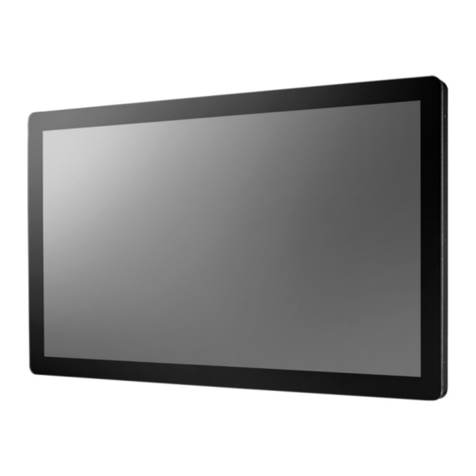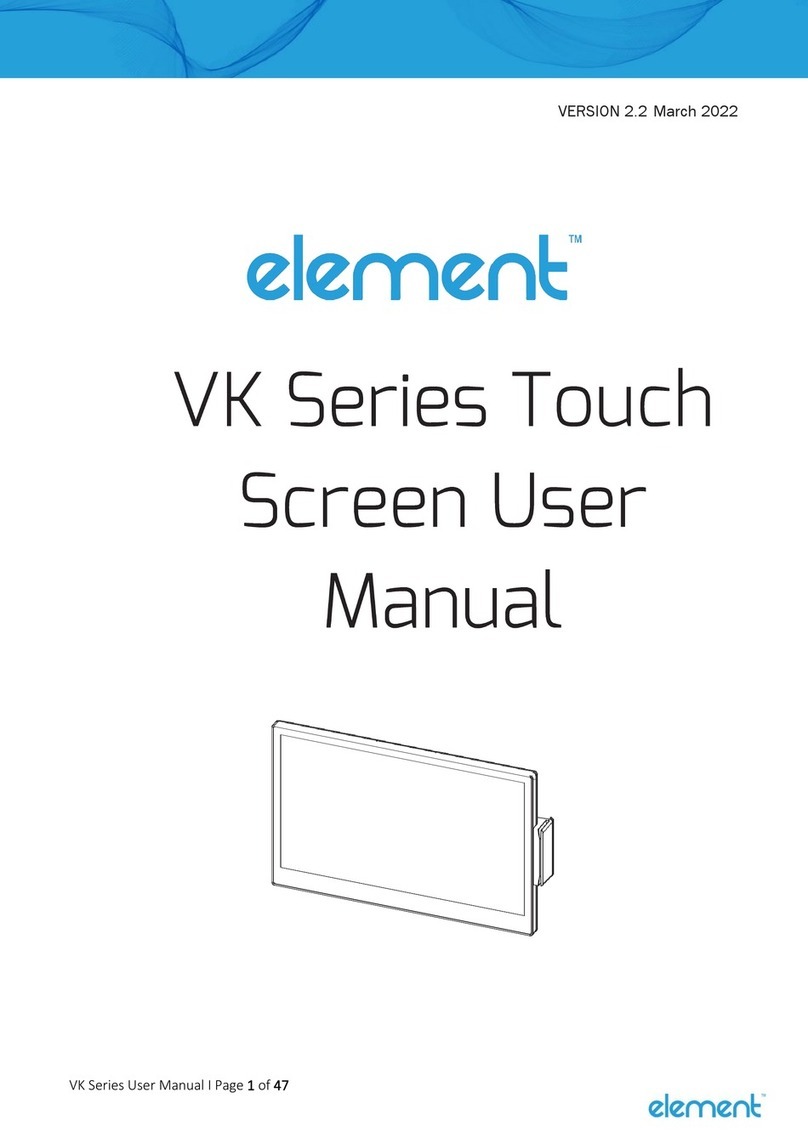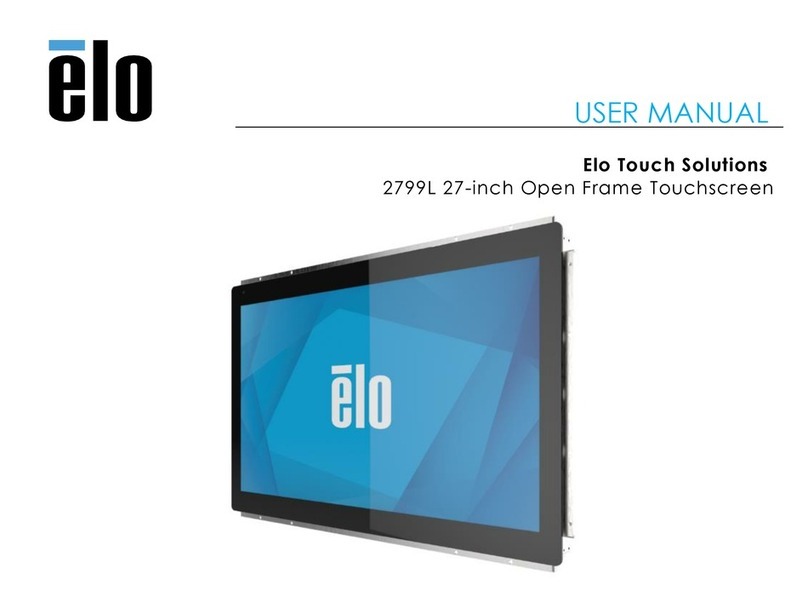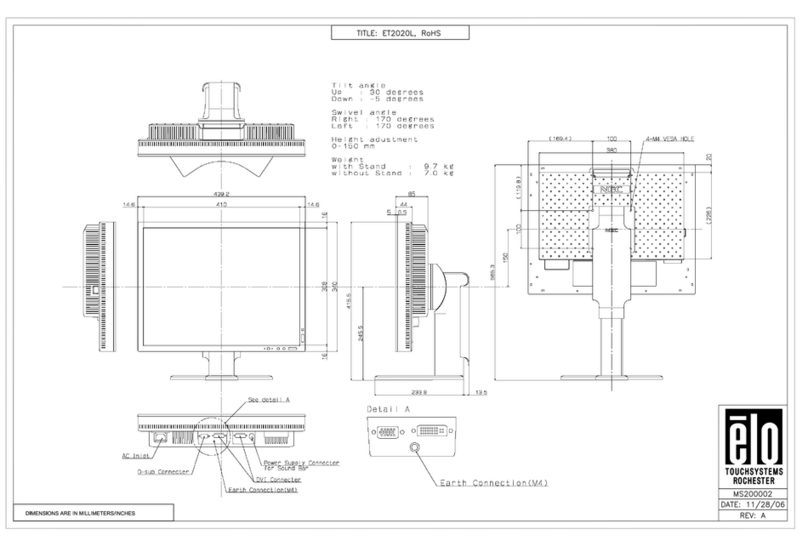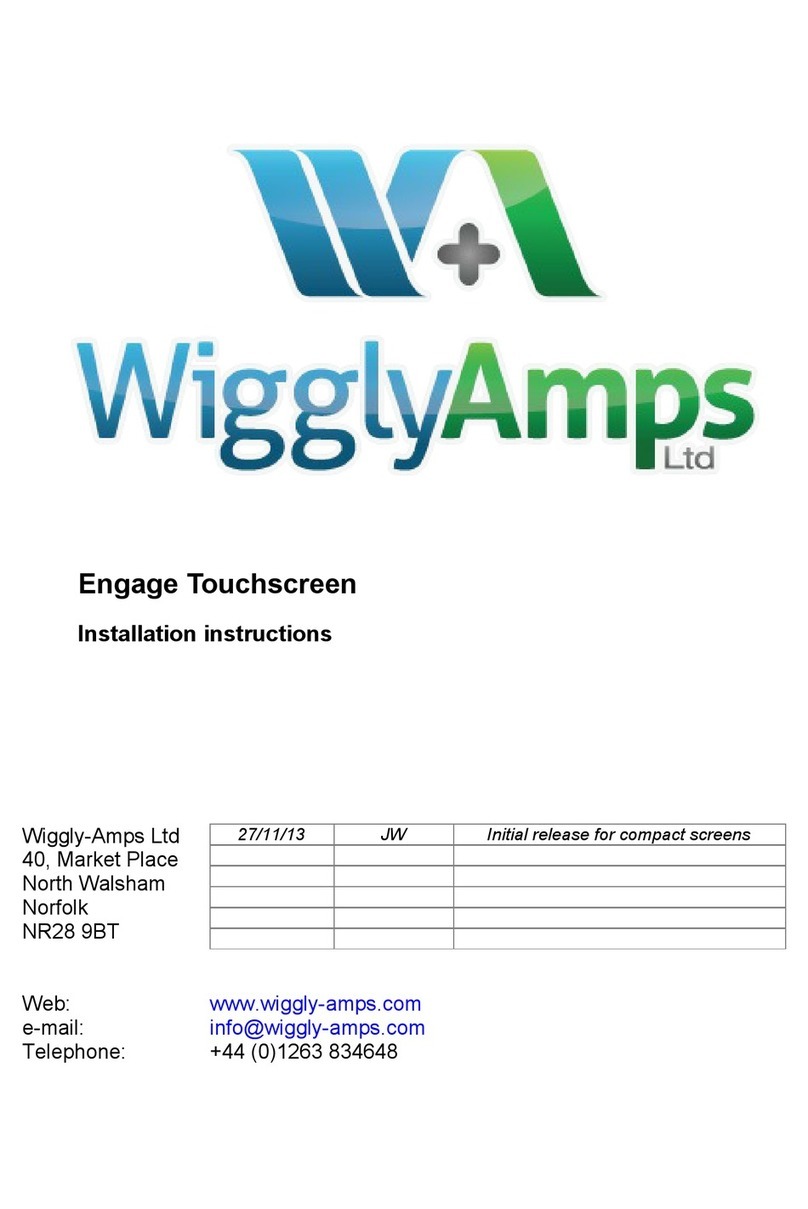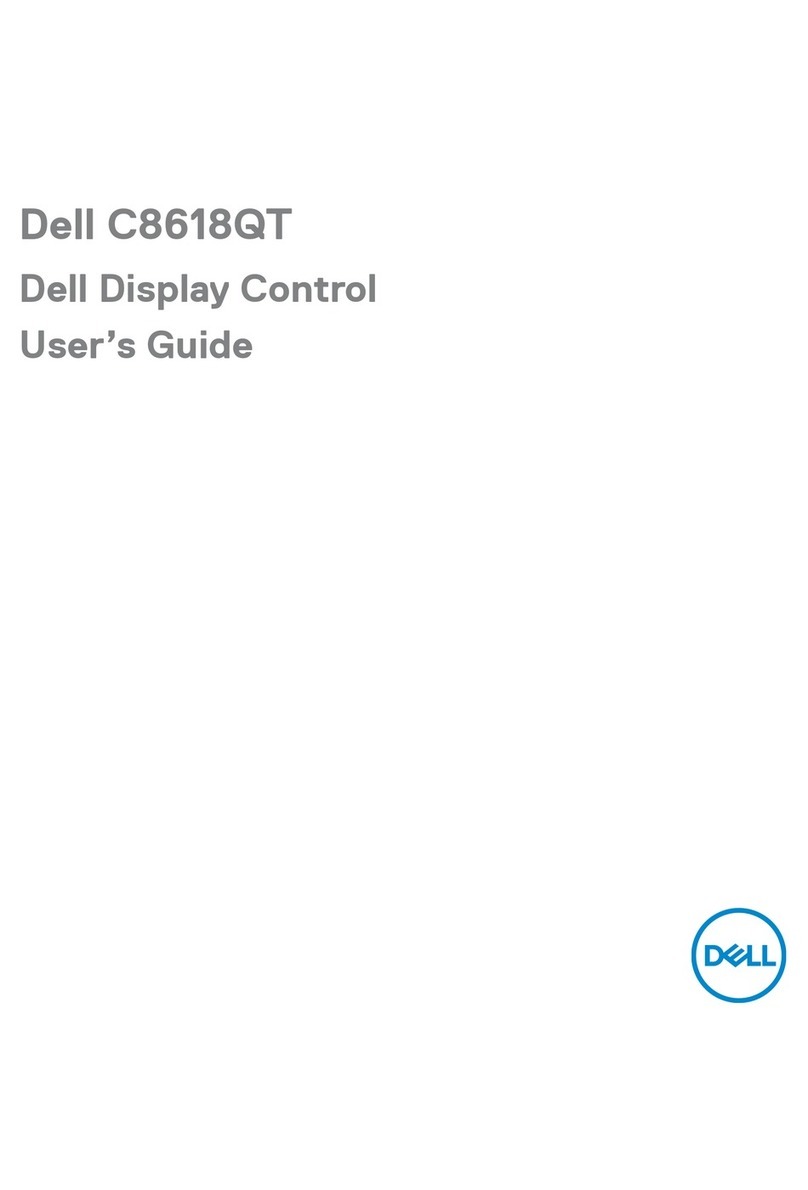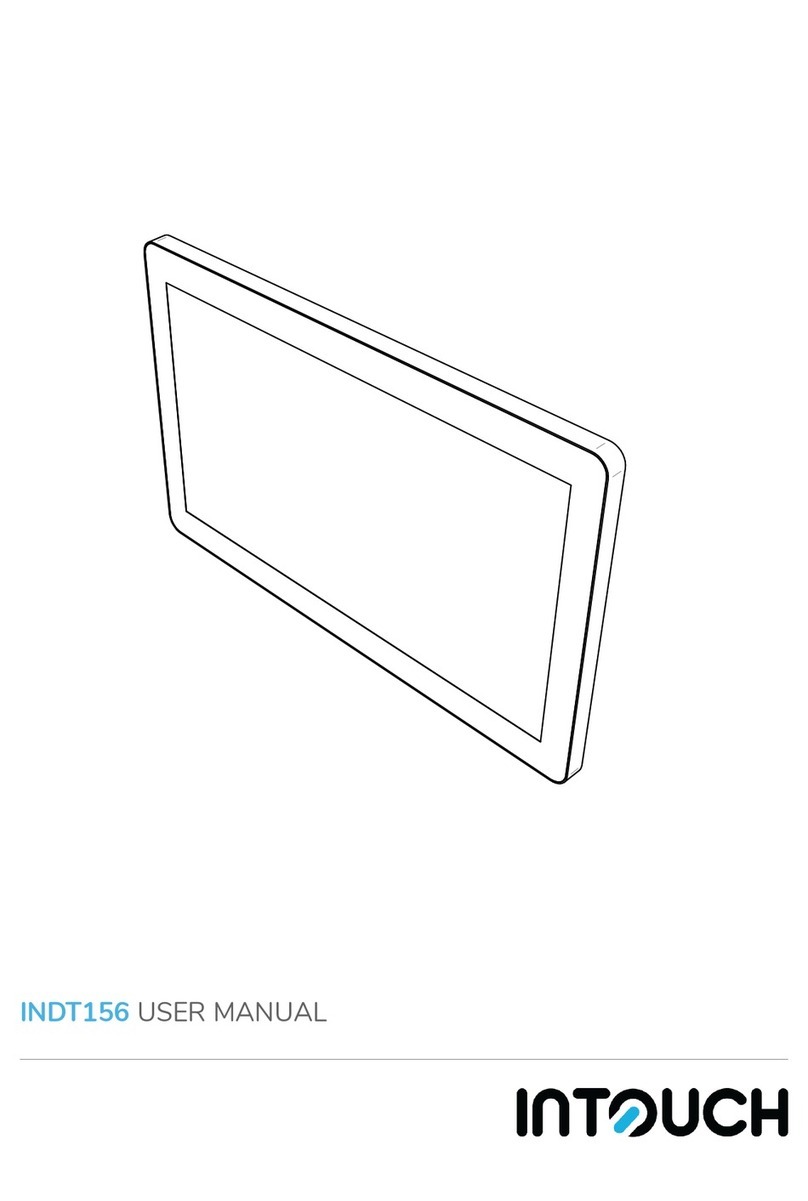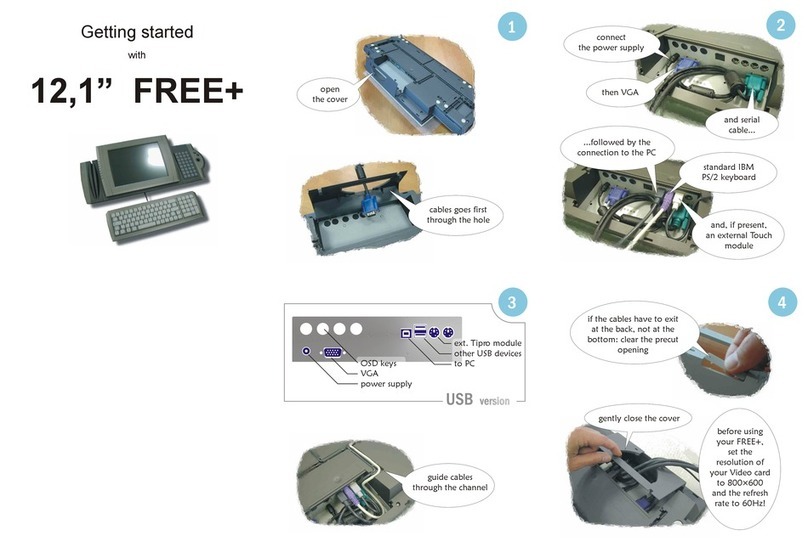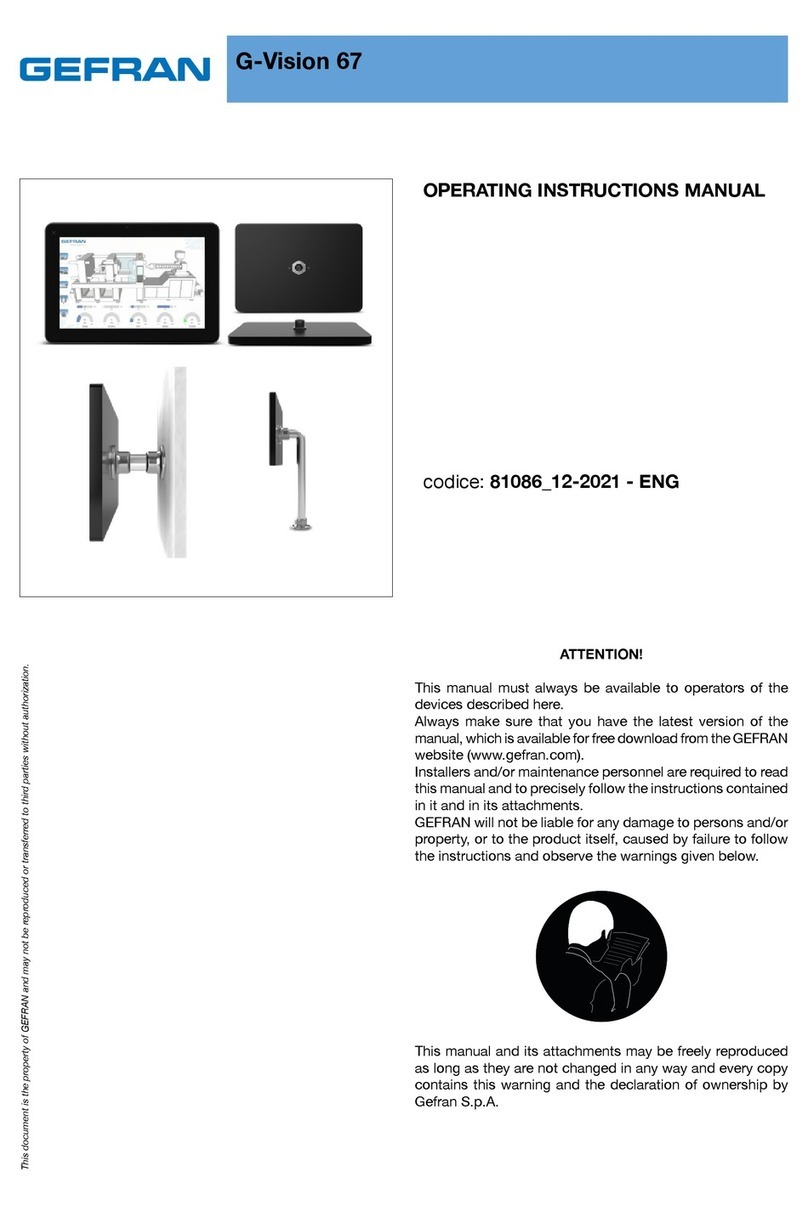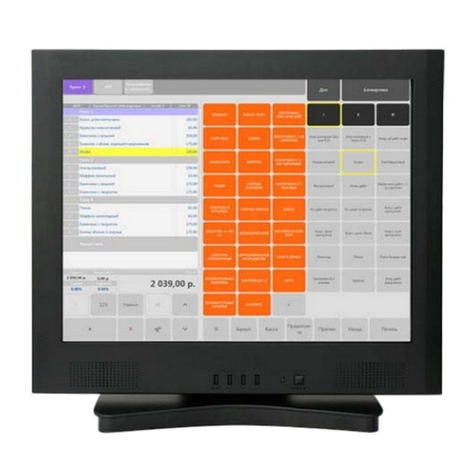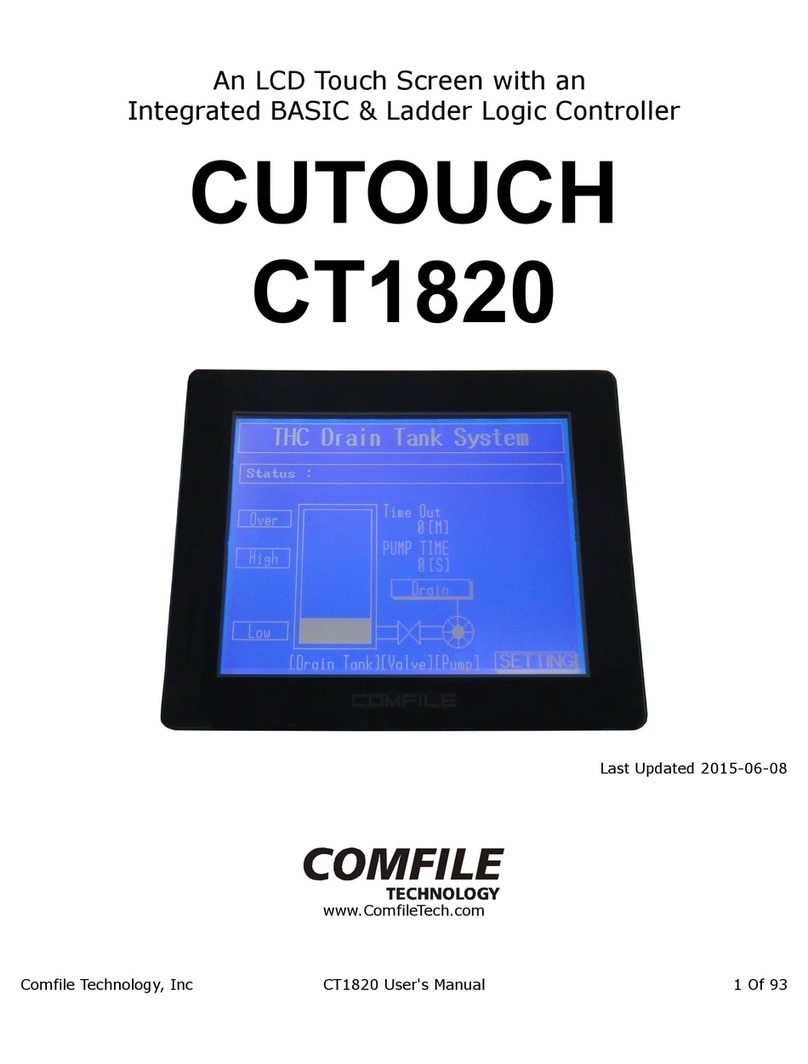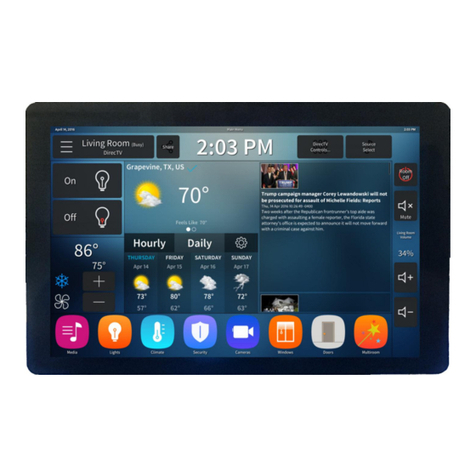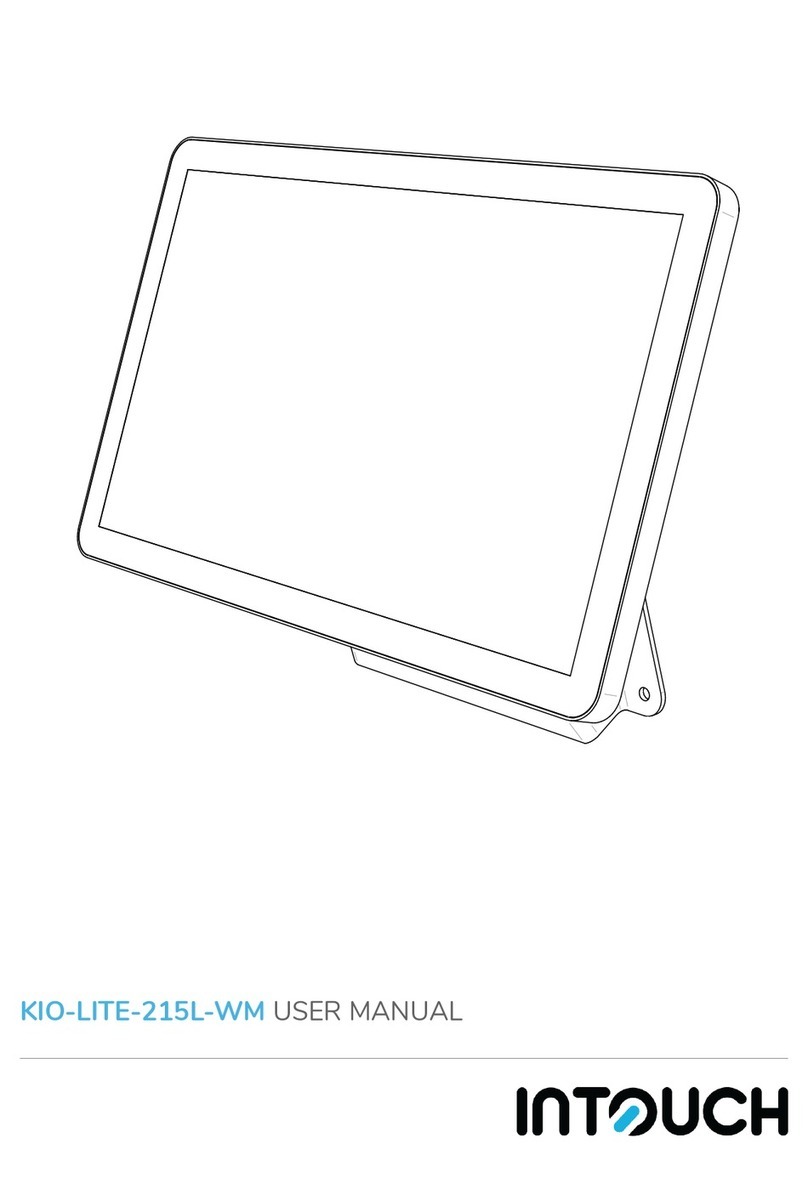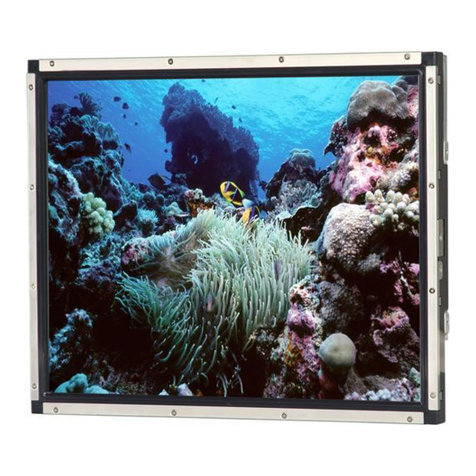
Installation & Operation Manual Control Air M/M+ Water to Water Applications | 5
BTC 469503103 A | 02.2019 Data subject to change
2 Introduction
2.1 The Control Air M/M+ Interfaces
The Control Air M and M+ (M=Manager) is a Human-Machine Interface
(HMI) that interfaces with the BOSCH DDC Control Air 5600, enabling the
user to view and change property values, and/or control parameters, to
match a corresponding application whether it is a Water to Air or Water to
Water Heat Pump. It also provides a means of accessing and modifying the
controller’s schedule and real time clock in applications where a system
server or Building Automation System (BAS) is not available. The Control
Air M is designed for applications where there is one (1) WSHP. The
Control Air M+ is designed for applications where there is up to fifty (50)
WSHP's (existing networks only).
The software is normally configured at the factory to match the unit
configuration, however, there are cases where additional on-site changes
need to be made and this screen will allow the qualified technical or
commissioning agent to incorporate such changes (without having to
download a different software application) via the commissioning tool.
The interface is offered in two forms: as a wall mount or unit mounted
Control Air M/M+module or in the form of an APP called the Equipment
Touch (OEM), which can be found in the Google Play Store (Android Only).
2.2 The Control Air M/M+ Module
The Control Air M/M+ module (Figure 1) is a touchscreen device with a
4.3" color LCD display that you connect to a Control Air 5600 to view or
change its property values, schedule units, view trends and alarms, and
more. The unit connects to the controller via the onboard serial port. The
module can be purchased by the following part numbers:
Control Air M (8733951042)
Control Air M+ (8733951043)
Connecting Cable(VirtualControlAirM/M+only)(8733908163)
The module is only compatible with the Control Air 5600 controller.
Figure 1
Home screen
Previous screen
Alarms screen
Touch a button to
display that screen
Touch to display:
2.3 Virtual Control Air M/M+ (Equipment Touch (OEM) APP)
Virtual Control Air M/M+ (see Figure #2) provides the end-user an
interface to a controller by way of a Android Tablet and a purchased USB-L
cable (8733-927-403). The adapter; USB to micro USB (not provided by
BOSCH) may be needed if USB port is not available on Android device.
This adapter, not provided by Bosch, needs to be a female USB to male
micro USB. Once the cables are purchased, the corresponding driver will
need to be downloaded and installed before using the application. The
USB or micro USB end of the cable is connected to the Android device,
and the serial end is connected to the DDC controller. The Control Air M/
M+ cable driver, and instruction manual are all available for free download
at the Bosch Thermotechnology website.
WARNING: FIRE, INJURY HAZARD
When working on equipment, always observe
precautions described in the literature, tags,
and labels attached to the unit. Follow all safety
codes. Wear safety glasses and work gloves. Use
a quenching cloth for brazing, and place a fire
extinguisher close to the work area.
Figure 2
